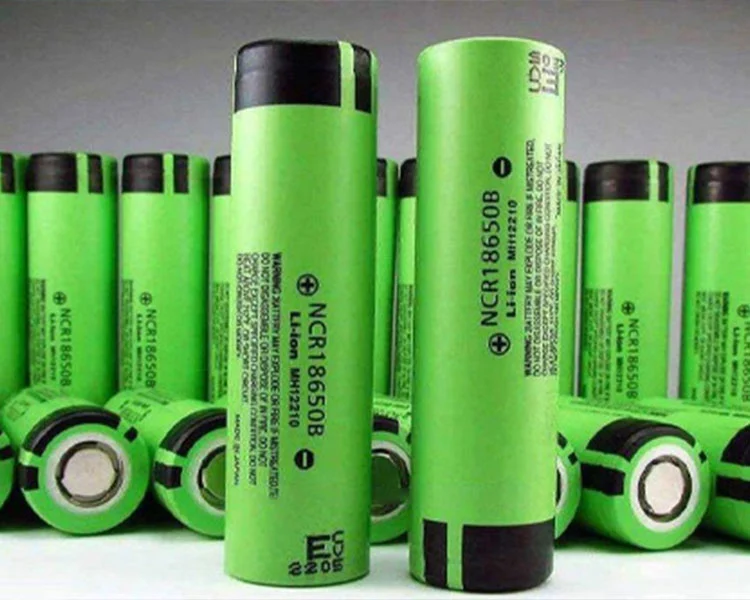How to Transport Car Battery Safely
2025-08-04
Battery transport is a specialized and highly regulated section of international logistics, primarily due to the hazardous nature of many types of batteries. Whether you're shipping lead-acid or lithium-ion car batteries, proper handling ensures safety and compliance. In this guide, we'll explain how to transport car batteries correctly while showcasing Ruizhou Battery Transport solutions that meet global standards.
Why Is Battery Transport Regulated?
Car batteries contain corrosive chemicals and, in some cases, flammable materials. Improper handling during battery transport can lead to:
1. Chemical leaks – Acid spills damage cargo and harm personnel
2. Fire hazards – Lithium-ion batteries may combust if damaged
3. Legal penalties – Non-compliance with transport regulations
Types of Car Batteries & Their Transport Requirements
1. Lead-Acid Batteries (Wet Cell)
-
Contains liquid electrolyte (sulfuric acid)
-
Must be kept upright to prevent leaks
-
Requires UN-certified packaging
2. Lithium-Ion Batteries
-
Higher energy density, more volatile
-
Subject to strict air transport restrictions
-
Needs special "state of charge" limitations
3. Absorbent Glass Mat (AGM) Batteries
-
Spill-proof design
-
Easier to transport than wet cell batteries
-
Still classified as hazardous materials
Ruizhou Battery Transport Solutions - Key Features
We specialize in safe, compliant battery transport with these advantages:
| Service Feature | Details |
|---|---|
| Packaging | UN-certified, leak-proof containers |
| Documentation | Complete DG paperwork (IATA, IMDG) |
| Mode Options | Air, Ocean, Road & Rail transport |
| Regulatory Compliance | Fully meets DOT, IATA, ADR standards |
| Tracking | Real-time shipment monitoring |
Step-by-Step Guide: How to Transport Car Battery
1. Proper Packaging
-
Use UN-approved battery boxes
-
Secure terminals with protective caps
-
For lithium batteries: <30% state of charge for air transport
2. Legal Documentation
-
Material Safety Data Sheet (MSDS)
-
Dangerous Goods Declaration
-
Battery test summary (for lithium)
3. Labeling Requirements
-
Class 8 corrosive label (lead-acid)
-
Class 9 miscellaneous hazard (lithium)
-
"This Side Up" markings
4. Choosing Transport Method
-
Air freight: Most restrictive for lithium
-
Ocean freight: Best for large quantities
-
Ground transport: Most flexible for domestic moves
FAQ: How to Transport Car Battery
1. Can I ship a car battery by air?
Lead-acid batteries are generally prohibited in passenger aircraft. Lithium batteries have strict quantity limits and must be at partial charge. Our Ruizhou experts can advise on compliant air transport solutions.
2. What's the safest way to package batteries for transport?
Use UN-certified fiberboard or plastic boxes with non-conductive separators. Each battery should be individually protected to prevent short-circuiting.
3. Do I need special training to ship batteries?
Yes, IATA/IMDG certification is required for dangerous goods handlers. Our team at Shenzhen Ruizhou International Freight Co., Ltd. includes certified specialists for safe battery transport.
Why Choose Ruizhou for Your Battery Transport Needs?
With years of experience in hazardous logistics, we offer:
1. Regulatory expertise – Up-to-date knowledge of global battery transport rules
2. Custom solutions – Tailored packaging and routing options
3. End-to-end service – From pickup to final delivery
4. Competitive pricing – Cost-effective compliant transport
Global Battery Transport Regulations Overview
| Region | Lead-Acid Rules | Lithium Battery Rules |
|---|---|---|
| USA (DOT) | 49 CFR 173.159 | 49 CFR 173.185 |
| Europe (ADR) | Section 5.2 | Special Provision 188 |
| Air (IATA) | Packing Instruction 800 | PI 965-970 |
| Sea (IMDG) | Class 8 | UN 3480/3481 |
Final Thoughts
Understanding how to transport car batteries properly prevents accidents and ensures regulatory compliance. For reliable, certified battery transport services, trust Shenzhen Ruizhou International Freight Co., Ltd. Our Ruizhou team handles everything from packaging to customs clearance with precision. Need to ship batteries safely? Contact us today for a customized transport solution that meets all safety and legal requirements!



